Crew 293 – ISAE-Supaero (France)
Crew Commander: Marie Delaroche
Executive Officer / GreenHab Officer: Mathurin Franck
Crew Journalist: Erin Pougheon
Health & Safety Officer: Lise Lefauconnier
Crew Engineer: Leo Tokaryev
Crew Scientist: Yves Bejach
Crew Astronomer: Léa Bourgély

Introduction
Crew 293’s rotation marks the 10-year anniversary of SUPAERO MDRS missions. For the past decade, 11 student-led crews have made the trip to Mars, passing on their experience every year to a new team. We are very proud to have added to the legacy of the project over the past year, and during our month-long rotation. The mission has been rich in scientific achievement and bonds formed between the members of this Crew. This year, in continuity with Crew 275, our aim was to focus on large-scale human factors experiments, ambitious technological demonstrations, leading a measurement campaign in atmospheric physics, and enhancing the simulation.
Technology Demonstrations
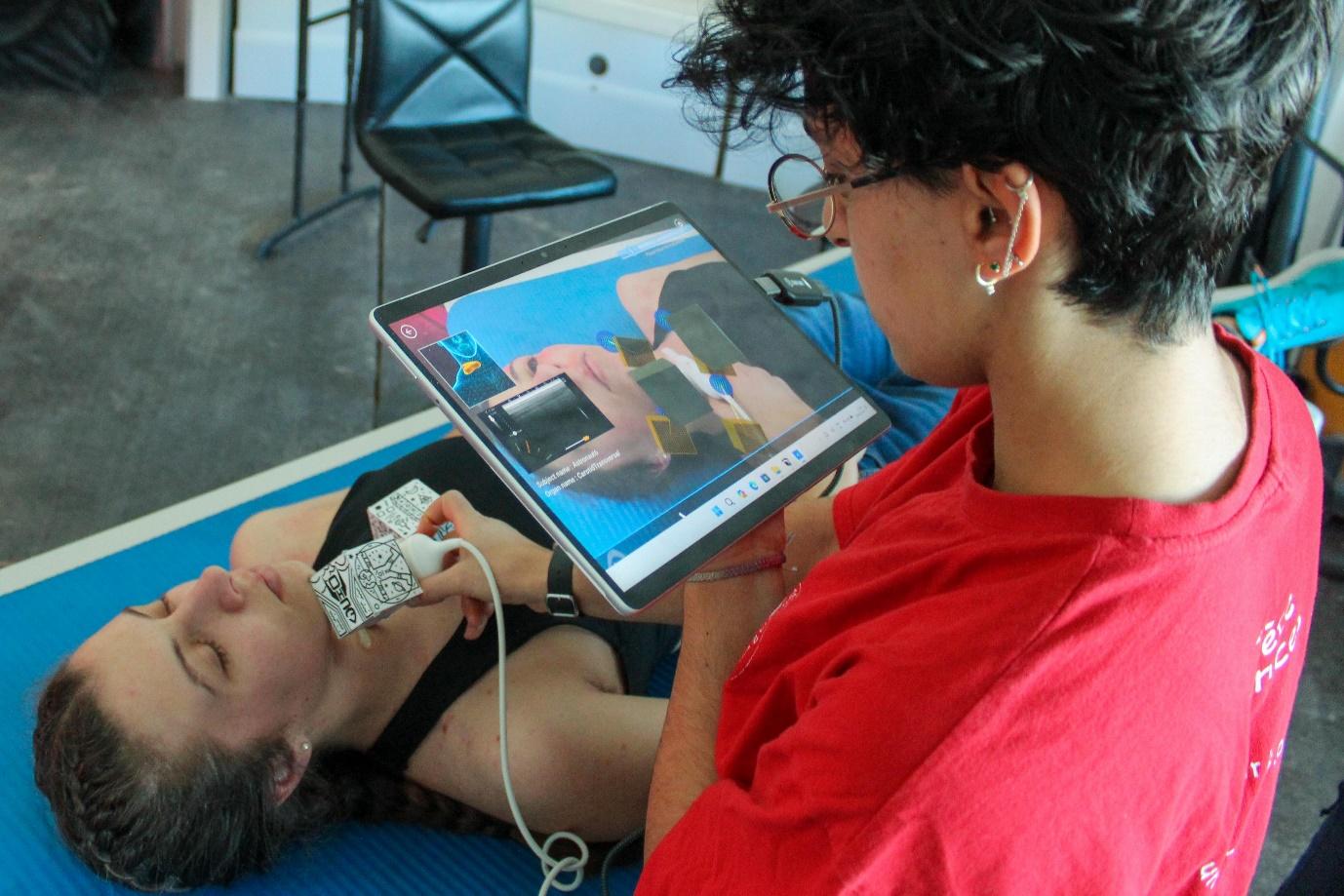
AI4U is an artificial intelligence tool designed by the French space agency to assist astronauts in their tasks. This year, new functionalities were tested, using the AI as a way to centralize data. AI4U was connected to environmental sensors strategically placed all over the station, and the Crew evaluated the quality and usefulness of the software by taking part in planned interactions with AI4U.
A second experiment with CNES involved artificial intelligence helping astronauts: EchoFinder. EchoFinder is an experiment conducted in collaboration with CNES and MEDES, consisting in testing a protocol for astronauts to perform ultrasounds without any prior training. This experiment has already been conducted in the past by Supaero crews. This year, the aim was to pursue testing of an Augmented Reality interface coupled with an organ detection AI. We have successfully completed the planned sessions: each Crew member performed at least two sessions with our only passive subject. We have had several issues with this experiment two weeks into our rotation, mainly because of hardware malfunctions. After our 4-week mission, we have nevertheless succeeded in providing the researchers with a complete set of data, consisting in detailed reports of each ultrasound session as well as videos of every organ detected. The researchers at CNES will have some elements to evaluate the accuracy of their AI, and how the AR interface can be improved.
Finally, over the course of our rotation, we tested an Anomaly Monitoring Interface (AMI) developed by a former SUPAERO MDRS crewmember. The beta version of AMI has been running since Week2, enabling the Crew to monitor the power distribution of the station and handle alarms and malfunctions. An emergency EVA occurred on Sol24 to repair the tunnel to the Science Dome that had been damaged by the wind, enabling us to test the interface all the while performing a meaningful action outside the station. The PI was in contact with the Crew by email throughout the mission, exchanging back and forth on upgrades. A detail report will be written and discussed to improve the software for future missions. An abstract has been submitted for an IAC 2024 panel.
Exploration : Photogrammetry
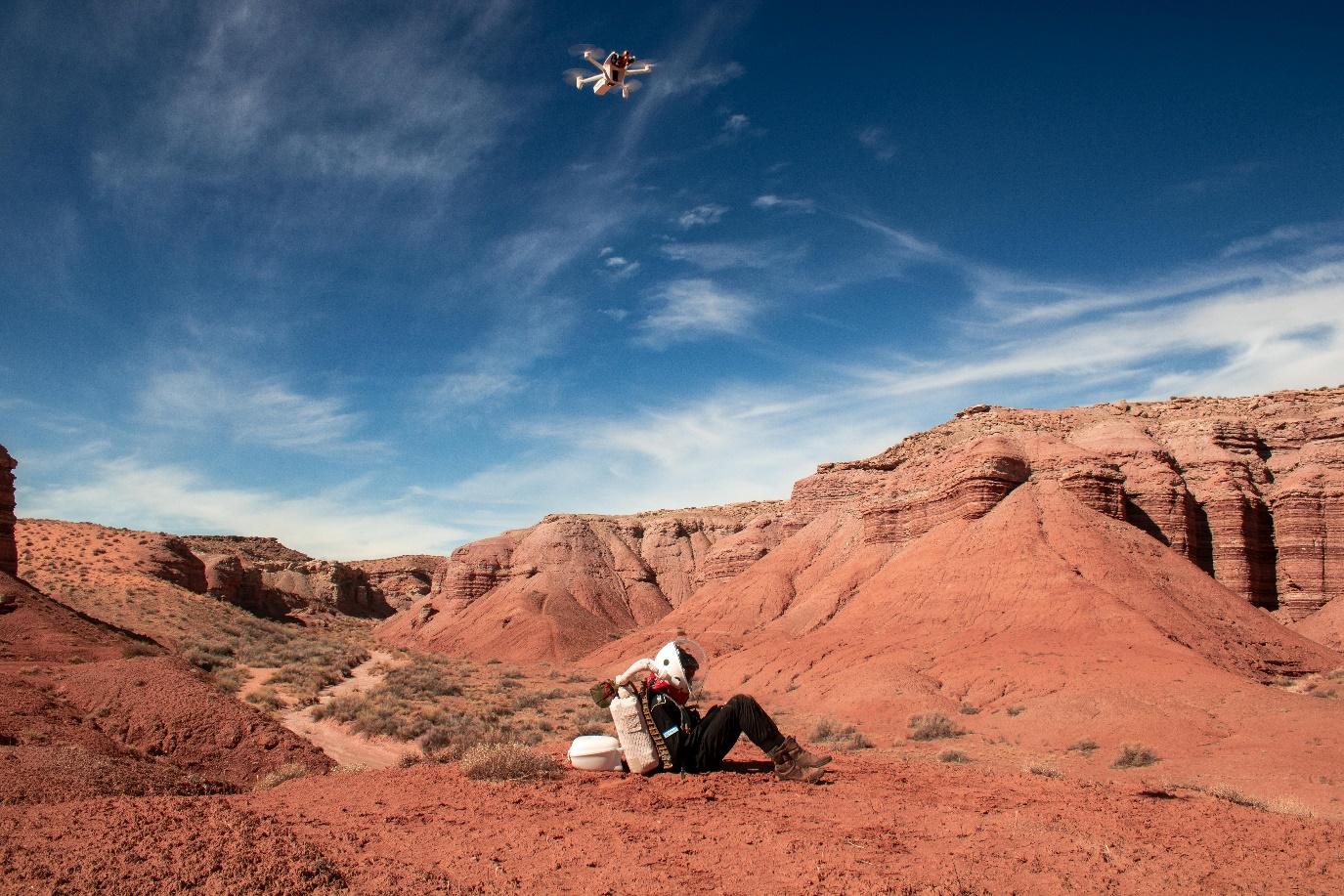
The idea behind the photogrammetry experiment was to compare the efficiency of humans exploring and finding checkpoints in a given area, using either a 2D map or a 3D render. Each data point required a series of three different EVAs. The first one, to map the area in 3D, with a drone using photogrammetry. The two others were meant for the subjects to find pre-defined checkpoints using the 2D map and then the 3D map generated beforehand. The experiment was a success: the Crew performed three iterations of the study, changing parameters (terrain type, team composition, etc.) and collecting enough data to add to Crew 275’s first attempt. As for areas rendered and explored, we count North Ridge, Candor Chasma and Kissing Camel Ridge W. The areas covered were wider, more complex and more impressive in scale compared to last year, as we were able to have access to a better drone. We hope to pass on this experiment to the next Supaero crew, and an abstract has been submitted for an IAC 2024 panel.
Astronomy
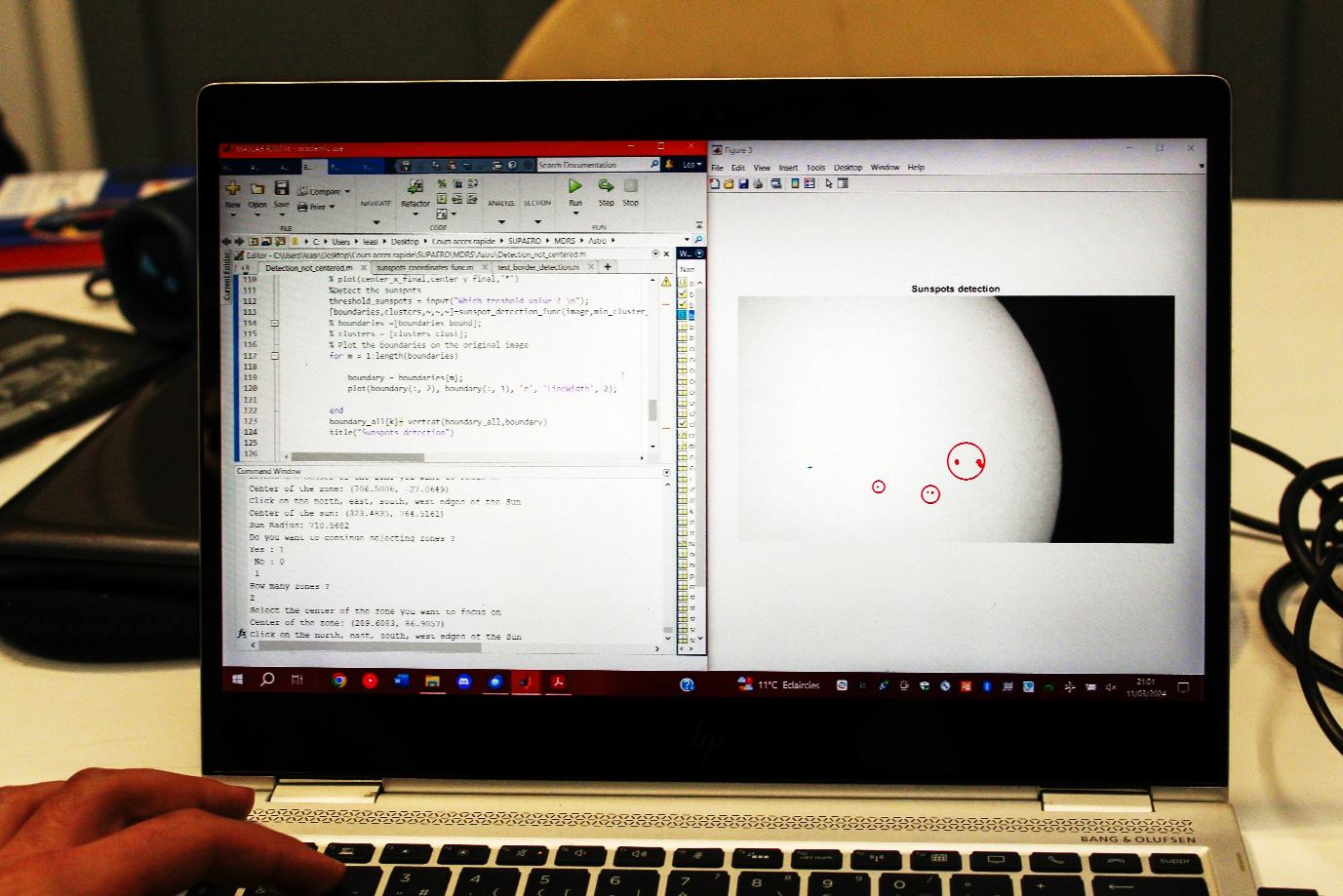 The Crew Astronomer’s research project was to estimate the speed of sunspots, factoring in the Sun’s rotation. Unfortunately, for the first half of the rotation, the Musk Observatory was not usable. They decided to use the robotic observatory to learn astrophotography. As the MDRS’ robotic observatory was offline, they used the RCOS-16 remotely. At mid-rotation, the Musk Observatory was available and they started to learn how to handle it. They had to deal with issues with the observatory dome, requiring a great deal of troubleshooting. Pictures of sunspots and solar prominences were taken during 6 Sols, then the Crew Astronomer was unable to continue because of cloudy conditions. They worked on improving their MATLAB code to make the necessary calculations from the sunspot pictures; they will actively continue to pursue their project after the end of the rotation.
The Crew Astronomer’s research project was to estimate the speed of sunspots, factoring in the Sun’s rotation. Unfortunately, for the first half of the rotation, the Musk Observatory was not usable. They decided to use the robotic observatory to learn astrophotography. As the MDRS’ robotic observatory was offline, they used the RCOS-16 remotely. At mid-rotation, the Musk Observatory was available and they started to learn how to handle it. They had to deal with issues with the observatory dome, requiring a great deal of troubleshooting. Pictures of sunspots and solar prominences were taken during 6 Sols, then the Crew Astronomer was unable to continue because of cloudy conditions. They worked on improving their MATLAB code to make the necessary calculations from the sunspot pictures; they will actively continue to pursue their project after the end of the rotation.
Human Factors
This year, we mainly took part in three studies pertaining to Human Factors.
Orbital Architecture is a study led by Michalis Magkos, from KTH University. Studying the impact of the architecture of an interplanetary space station on the global psychology of the astronauts is critical to optimizing their performance. For this study, we deployed environmental monitoring sensors throughout the station. Each sensor provided us with information about pressure, temperature, humidity, and luminance. We also set up an Indoor Positioning System to track each crewmember within MDRS. We connected 19 "anchors" spread around the MDRS, consisting in electronic boards remaining at the same location. Each crewmember wore a "tag", which logged its distance to the anchors every 3 to 10 seconds. Each crewmember also wore a smartwatch during the night, in order to monitor their sleep activity. A chestband was also worn to measure ECG, heart rate, and accelerometry.
All 3 aforementioned datasets will be used to correlate the stress level of the astronauts to their location and the environmental conditions. To measure the performance of each crewmember in the different modules, given different environmental parameters and levels of privacy, they all took psychometric tests throughout the mission.
The results generated during our rotation will be compared to those of ESA astronaut Marcus Wandt, who took part in the Orbital Architecture study during his stay in the ISS as crewmember of the Axiom 3 mission.
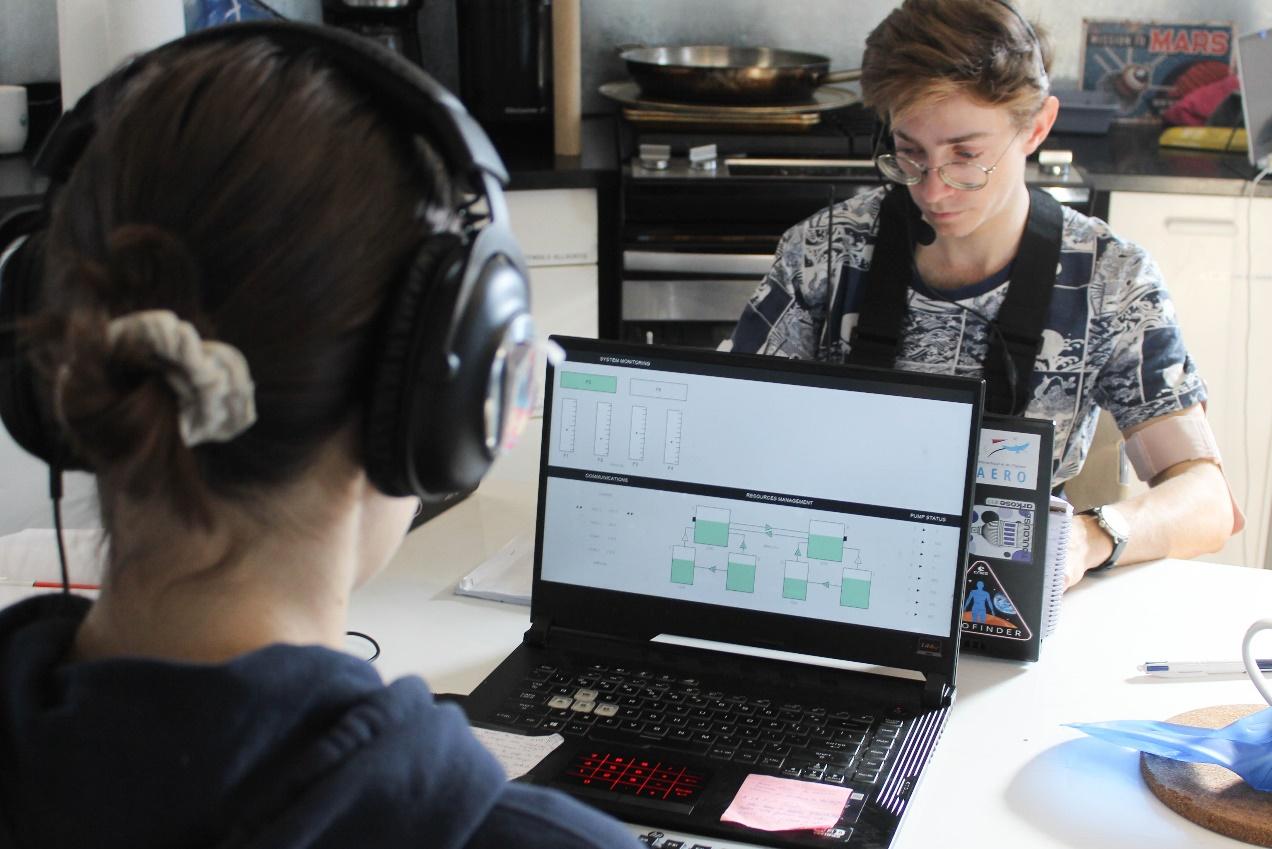
The MELiSSA project (Micro-Ecological Life Support System Alternative) is a European projected led by the European Space Agency (ESA) aiming at developing a highly circular and regenerative life support system for space missions. The ALiSSE methodology (Advanced Life Support System Alternative) was developed as part of the project to provide an impartial evaluation tool of each technology system, including mass, energy and power, efficiency, crew time, crew risk, reliability, and durability. The activity performed by the Crew within the MELiSSA project focuses on the operational aspects of preparing recipes from higher plants and aims for a preliminary evaluation of the "crew time" criterion.
Finally, the Crew participated in a study from the TRACE Lab at University of Florida: The Role of Emotion Regulation Mechanisms and Coping Strategies in Team Dynamics for Long-Duration Space Exploration (ARMs in SAE – Affect Regulation Mechanisms in Space and Analogue Environments). The purpose of this research is to better understand the role that emotion and coping strategies have on team dynamics within ICE (Isolated, Confined, Extreme) teams. The findings from this study will aid in the understanding of the role of affect within teams operating in ICE conditions. The Crew responded to stress questionnaires and journaled daily. The research team will also be provided with our core datasets (see “Monitoring Health and Water Consumption” section).
Atmospheric Instruments measurements campaign
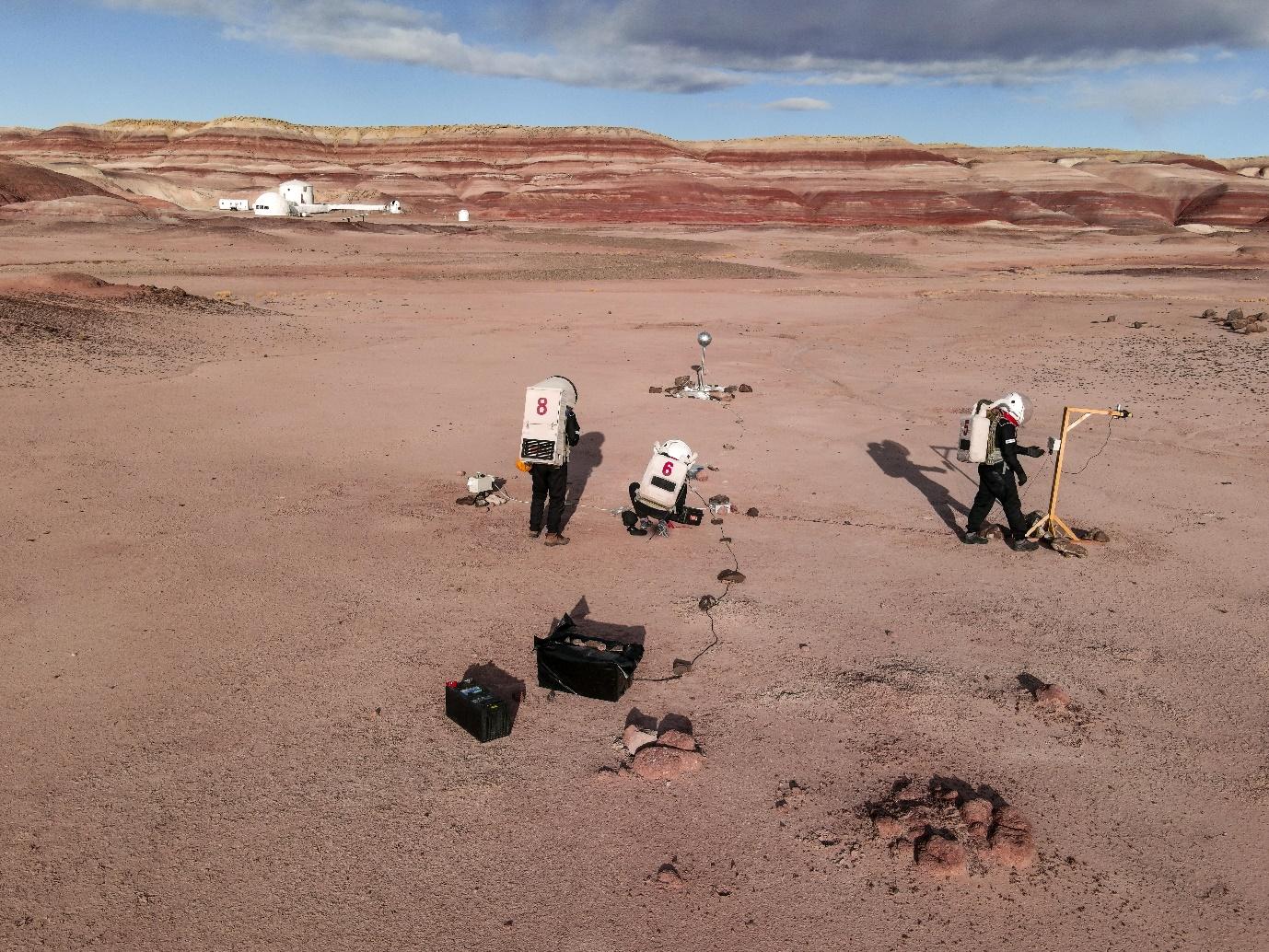
This year’s atmospheric measurement campaign for CNRS researchers was a success. We were generally lucky in terms of weather conditions, and certain modifications made to improve Crew 275’s configuration were successful (centralized single power source, new mast for MegaAres). We mainly measured the electric field (with the field mill and MegaAres), the particle concentration (with the LOAC) and other atmospheric parameters with our weather station, in order to correlate these different parameters. We started the measurements on Sol 3, although we had to perform regular maintenance EVAs to change batteries, and retrieve and reinstall certain sensitive instruments, given the variations in atmospheric conditions.
Monitoring Health and Water Consumption
During the entire mission, the crew monitored their water consumption. The goal was to reduce as much as possible their use of water, while maintaining good hygiene and drinking as much as needed. With this in mind, we categorized our consumption of water and took note of the quantities used throughout the day. This experiment showed us that by being mindful of our use of water, it is possible to considerably reduce consumption. The average water consumption was 38L (10.3 gallons) per day. For a crew of 7, this represents 5.4 L (1.4 gallons) per day per person, which could be reduced even more with specific technologies. The goal set at the end of Crew 275’s rotation, aiming to reduce consumption to less than 5L per person, was therefore almost achieved.
 Every morning, we also measured health parameters to keep an eye on the physical and mental health of the crew. To this end, we kept a sleep diary, and monitored weight and body composition, temperature, as well as blood pressure and oxygenation. These “core data sets” will be shared with the Human Factors research teams.
Every morning, we also measured health parameters to keep an eye on the physical and mental health of the crew. To this end, we kept a sleep diary, and monitored weight and body composition, temperature, as well as blood pressure and oxygenation. These “core data sets” will be shared with the Human Factors research teams.
A 30-minute daily workout session was also organized by the HSO to keep all crewmembers in good shape and get them ready for the day, thanks to bonding activities and music.
GreenHab Activities
The GreenHab Officer’s aim was to use the GreenHab efficiently, growing plants that are useful and practical for a space mission Crew. During our 4-week mission, they had time to clear the GreenHab, by removing plants that were taking too much space and weren’t consumable. A lot of plants and food was planted before our arrival, but not often transplanted at the right time. The GreenHab Officer took it upon himself to make the necessary transplantations, for example of radishes and cabbage. They also tried to improve the organization of the GreenHab by creating a precise map, to write down everything action performed. This map can be useful for future Crews to know exactly what was planted and where. Some aromatic herbs like basil were planted again because the Crew noticed how much better our meals were when adding them. At the end of our rotation, the GreenHab is now clean and clear, every plant is labeled with its name and the day it was planted.

Outreach
Our objective for this mission from a communications standpoint was first and foremost to reach middle and high school students interested in space and STEM in general. Throughout the entire mission preparation, the crew worked with OSE l’ISAE Supaero, an outreach initiative whose goal is to help students gain access to higher education and to promote STEM careers. During the entire year preceding the mission, we visited classrooms and welcomed students to our university to talk about space exploration and STEM studies. Our goal was to inspire as many students as possible to explore and engage with scientific fields. In this vein, we spent a week at the French and American School of New York (FASNY) and the Lycée Français de New York (LFNY) with 6th and 10th grade students, using games and simple experiments to share our passion for space.
Crew 293 also performed an experiment created with students from various schools during our school outreach interventions, in collaboration with OSE l’ISAE-SUPAERO. This experiment, named "SEEDS OF MARS" by the students, challenged them to answer this question: is it possible to grow plants on the Red Planet, as in the film The Martian? Students choose watercress to test their hypothesis. During our first EVA, we retrieved samples of Martian soil, and we planted watercress in the GreenHab, one pot with Martian soil and another with Earth soil. At mid-rotation, we had a problem because of mold in the soils. So we planted again to have another try at the experiment. At the end of the mission, we collected data related to “SEEDS OF MARS” and we will be presenting their results to the students in a restitution day on the 2nd of April 2024.
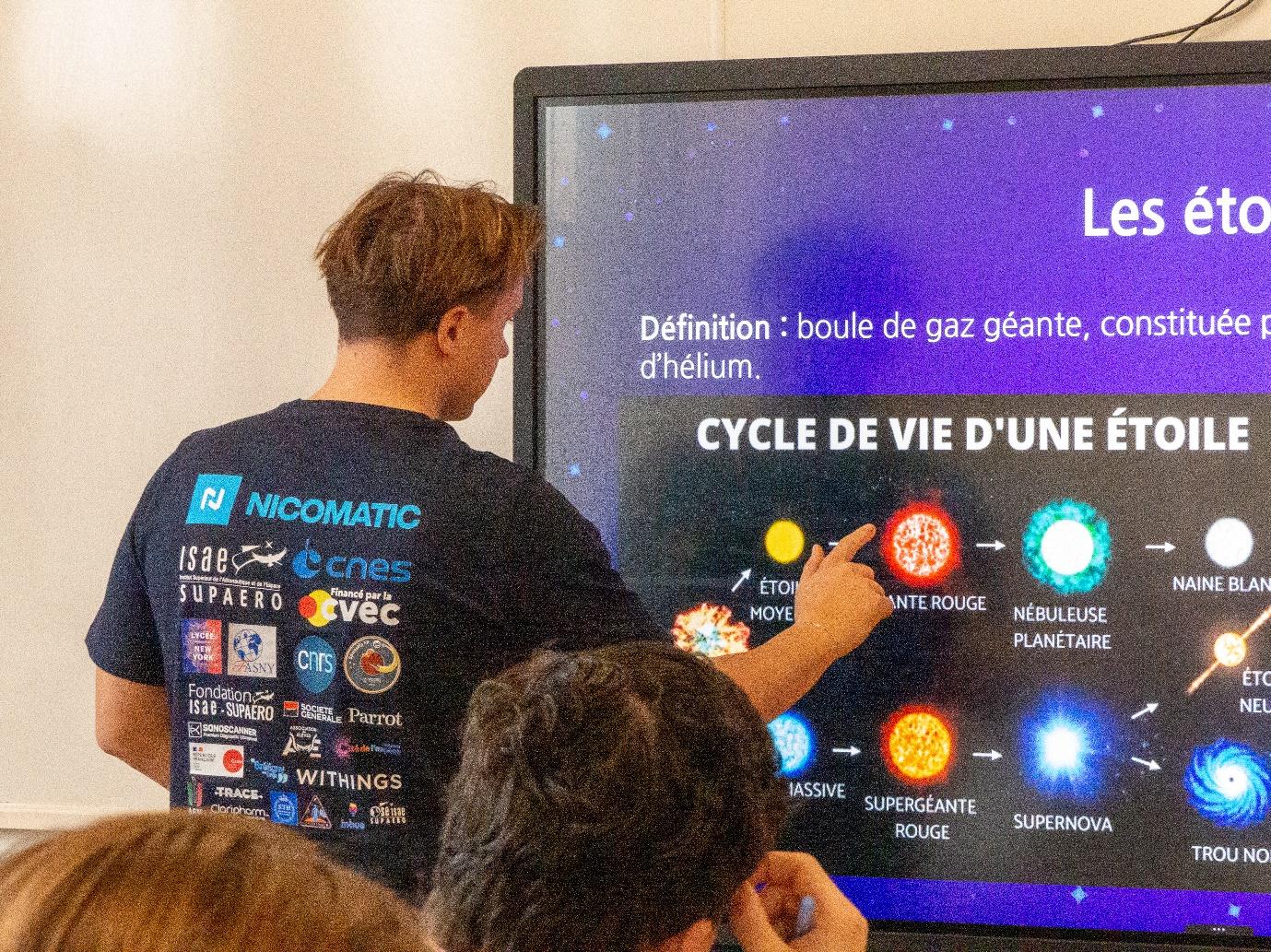



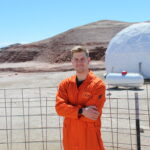
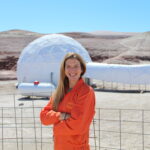
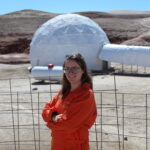
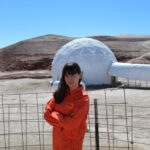

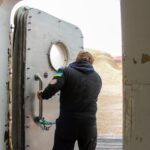
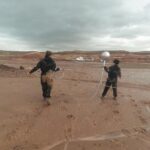
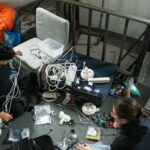

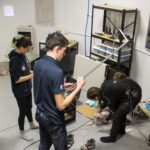
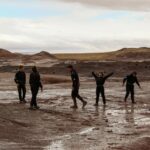

You must be logged in to post a comment.